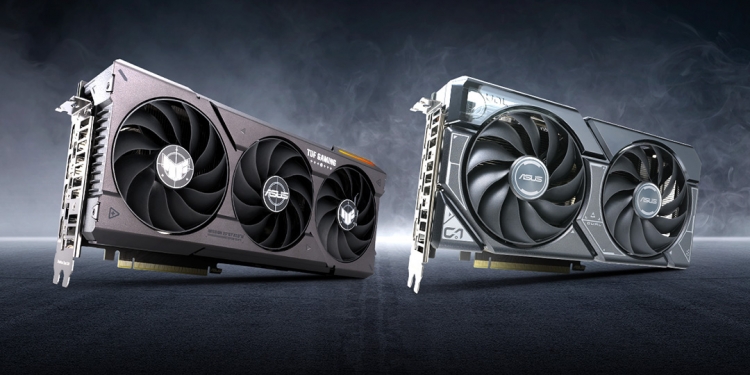Regardless of the generation, NVIDIA’s 60-class graphics cards stand out as the usual go-to option for many gamers on a budget seeking a value-focused GPU for gaming at 1080p. NVIDIA has now launched its GeForce RTX 4060 family of graphics cards, with the GeForce RTX 4060 in particular touted by them as a high performing 1080p gaming card that should offer significant value.
The new Ada Lovelace architecture GPU will come with 8GB of GDDR6 VRAM as standard with a 128-bit memory interface width. It packs 3,072 NVIDIA CUDA cores running at a base clock of 1.83GHz and a boost clock of 2.46GHz, offering 15 TFLOPs of performance. There’s also the latest 3rd generation RT cores and 4th generation Tensor cores, along with support for the new DLSS 3 as well as AV1 support.
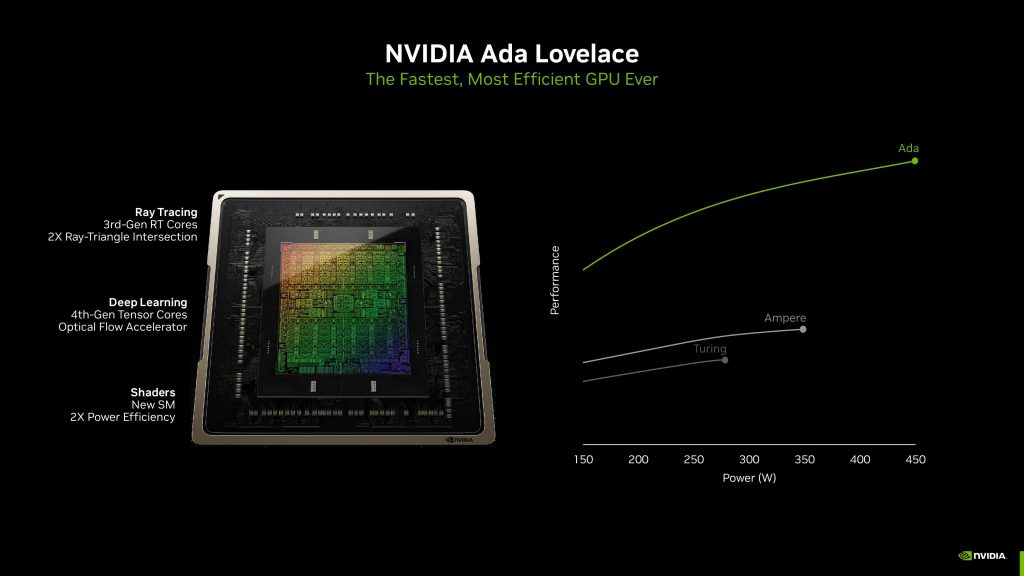
However, perhaps the biggest surprise here is just how efficient the GeForce RTX 4060 is, especially when compared to the last two 60-class graphics cards. While the RTX 3060 and the RTX 2060 came with a 170W and 160W TGP rating from NVIDIA, the GeForce RTX 4060 comes with just a 115W TGP, significantly less than before. It also sips less power when used for video playback or when your computer is idle compared to its predecessors.
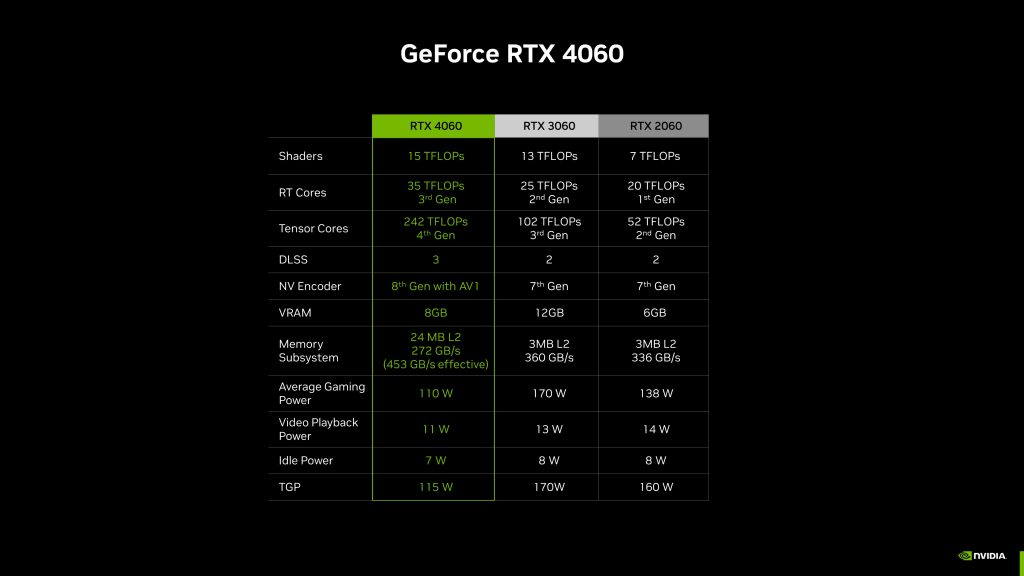
According to NVIDIA, the GeForce RTX 4060 should perform up to 1.7x and up to 2.3x better than the last generation RTX 3060 and the older RTX 2060—albeit with frame generation on at 1080p resolutions. Even without frame generation though, the RTX 4060 safely trounces the two older GPUs, and if you’re on a graphics card even older than that, the RTX 4060 could be your new go-to GPU especially if you don’t want to break the bank.
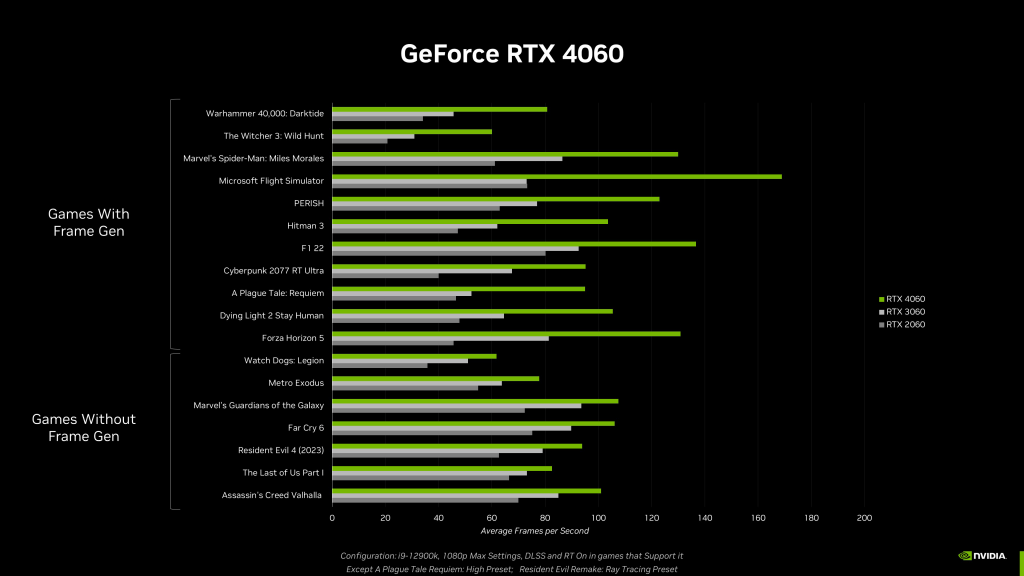
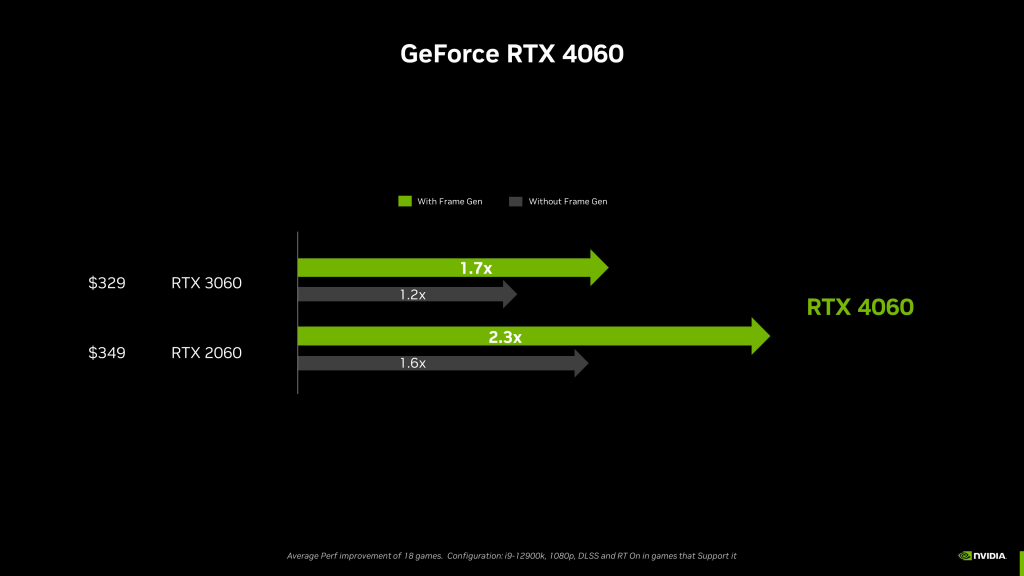
The GeForce RTX 4060 is set to hit stores sometime in July, with a recommended starting price of USD299, with the local recommended price starting at RM1,539. Of course, you can expect prices to range from around there to much higher depending on the cooler configurations that are offered by their board partners. Nevertheless, it still has a notably cheaper recommended retail price than the RTX 3060, which went for USD329.

